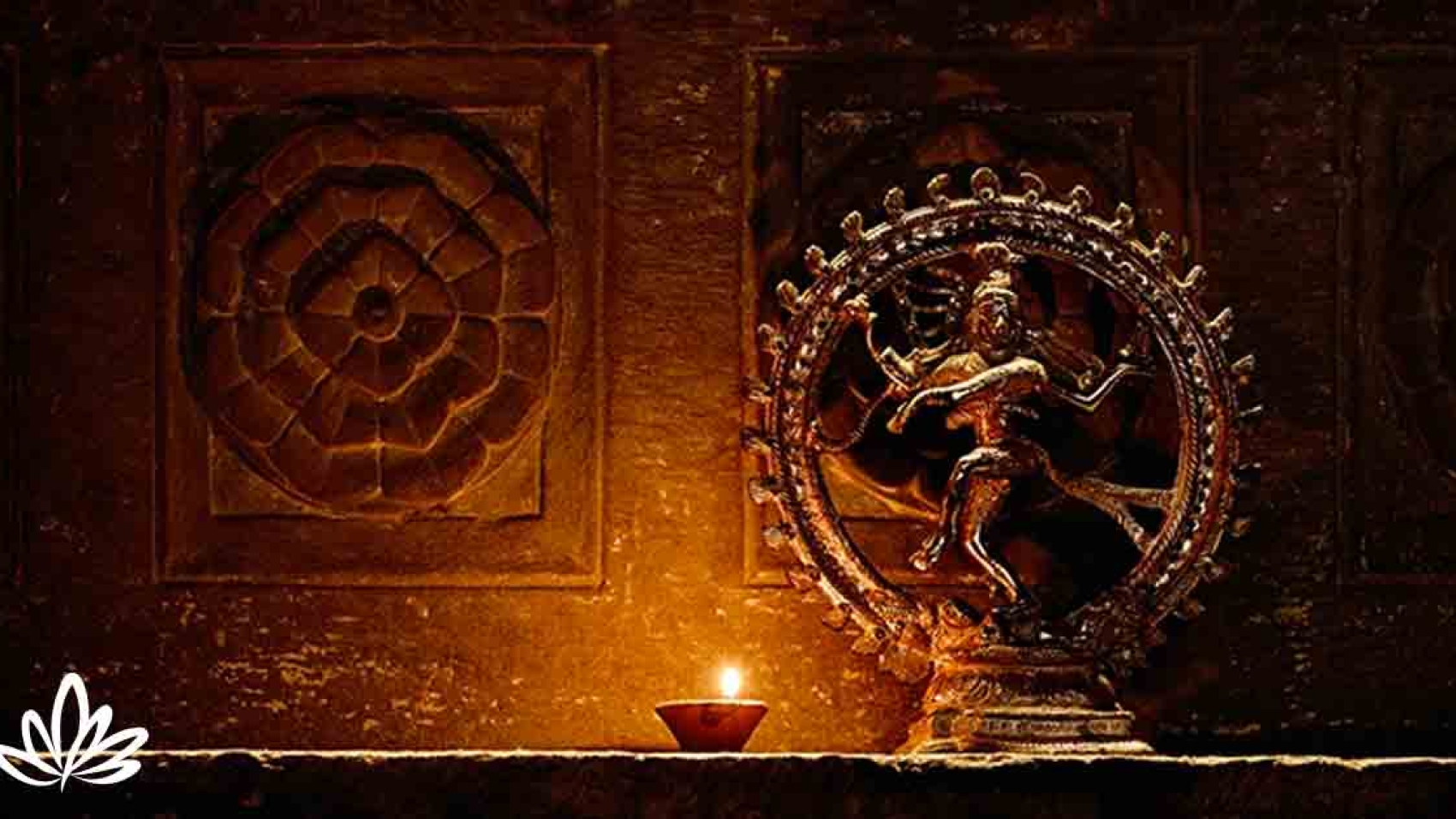3 Steps to Following Your Bliss! It’s All in the Giving!
Everyone has heard the famous words of advice from revered mythologist Joseph Campbell: “Follow your bliss!” This is great wisdom, but do you know what he said next? There’s more to the story, and it offers hope and courage for plunging into the life you know you are meant for: “Follow your bliss and don’t be afraid, and doors will open where you didn’t know they were going to be.” In my work as an energy healer and spiritual teacher, I so often see the truth of these words. When you look deep into your being and discover your bliss, you’ll also find the gifts you came into the world to give. When you learn to focus on those gifts, you’ll recognize those doors opening for the first time.
Bliss is a lovely word for great happiness and utter joy. The call to “follow your bliss” is actually a powerful spiritual tenet which acknowledges your wiring as an energy-based, spiritual being. Embracing life’s challenges with an attitude of joy is one of the ultimate aims of your spiritual journey. Reaching for happiness in everything you do, large or small, will have a profound effect on your total well-being. In fact, following that sense of true happiness is the ultimate divining rod indicating which direction to go in life. First, you will need to know what makes you happy on the deepest level. Your core spiritual practices—prayer, meditation, and journaling—will help you define your bliss. Ask yourself, “What makes me truly happy?”
Finding your happiness and embracing its spiritual power will help you identify the unique gifts that you are here in this life to develop and to use in service to others and the world. Chances are good that your happiness, whatever you love to experience or create, is connected to your fellow beings. You are living your life purpose when you are fully engaged—mind, heart, body, and soul—and doing whatever you feel you were born to do. The world needs your uplifting contribution in the unique, mysterious way that only you can provide, and your soul, in turn, longs for the experience of self-expression. You can use your growing awareness of what makes you blissful to define your gifts and begin using them to create a life of joy and contribution.
Here are 3 steps you can take along the path to following your bliss and building a more loving world for all:
- Identify your unique gifts—Your gifts are easy to discover because they are simply the things you love to do. They make you feel good and they are usually also the things you are really good at. Can you sing, play an instrument, dance, draw, or write? Do you have a knack for politics, religion, or the healing arts? Do you have abilities or powers beyond the norm? Do you excel at helping others become their best—perhaps in a coaching, teaching, or mentoring capacity?
- Stay connected to Source—The stronger and more open your connection to a power greater than yourself, the more readily you will recognize your gifts and find ways to use them. As you pray, meditate, journal, practice yoga, walk in the woods, or engage in any activity that fills you with light, you step closer to your bliss. When those doors that Joseph Campbell talks about begin to open for you, you will be able to recognize them for the divine connections they are.
- Focus on service—As you begin to see and appreciate your unique gifts, find opportunities to use them in service to others. Whether large or small, your acts of service help align you with your life purpose, your spiritual path. Using your gifts is a joyful activity, and the bliss you feel reverberates through the web of life. Notice how your smile can bring a smile to other faces. Your wish to be happy carries within it a gift of love and good will for all. Your joy helps you grow in spirit and adds to the spiritual energy of all living things.
Your special gift is music that you have come into the world to play. Don’t keep your symphony under wraps. You know you’d love to play Carnegie Hall!
5 Ways to Say “Thank You”
“God gave you 86,400 seconds today. Have you used one to say ‘thank you’?”
–William A. Ward
What do you think when you hear the word “gratitude”? One of America’s most famous gratitude stories comes from Oprah Winfrey. Remember Oprah’s gratitude journal? Each day for ten years, she faithfully wrote down five things she was grateful for, things that made her laugh, things that tasted wonderful, things that were beautiful, things that made her heart sing. And what happened? Her life became so big, so full, so exciting, so wonderful that she barely had a moment to keep up her journal!
That’s the way of gratitude. The more it’s expressed, the more there is to be grateful for. Gratitude is like manna for the soul. It nourishes you in both obvious and untold ways as it reverberates through your energy field and out into the world. Like no other tool so easily within your reach, it can transform and transmute anything that ails you. In my work as a spiritual teacher and energy healer, I’ve seen that when you come to understand this emotion’s immense power, you’ll want to make it the cornerstone of your life.
Being in a state of sincere appreciation is the single most important tool for creating everything you want. Of course, you’re thankful for things you already have, but you can also have a practice of gratitude that works like an affirmation but taking it to an even higher level. Not only can you envision what you want in positive and present words—as though it already exists—but you can be grateful for it as though it has already been received. The difference is that you’re connecting to the emotion that you would feel having your desired result, which creates an even more powerful pull on the unseen ability to manifest on this plane.
To truly transform your attitude to one of gratitude, you’ll need to practice it on a regular basis until it gets to be a habit—until it becomes the place where your thoughts naturally go as you move through your day, including when you face adversity. Try these five ways to build your gratitude practice and make the warm feeling of appreciation a healing part of your daily life:
- Grow your gratitude list. Start building your awareness of all you have to be grateful for. Take just a few minutes each night to make a list of blessings, large and small, and, if possible, say your list out loud. For example, “I am so grateful for my good health, another successful day at work, and the fun encounter I had with the guy on the elevator. I’m grateful that my favorite TV show is on tonight, that I learned a valuable lesson in my difficult interaction with my boss,” and so on.
- Ask yourself key questions. Get into the habit of asking yourself every night: “What have I received today? What have I given to others today?” This simple review gives you the opportunity to examine the good in your life and to recognize whether you are sharing your gifts.
- Use the power of the positive. Practicing daily positive affirmations helps you wake up to the true nature of your being. Repeating the words, “I am loved just the way I am” and “I am uniquely cool: creative, thoughtful, impactful” helps you realize and accept the truth about yourself. You are a child of the Divine, and gratitude is the natural response to this miracle of life.
- Share your gratitude with others. As you keep a list of things you are grateful for, gently encourage friends and family to do the same and share them with one another. A student told me about two friends she meets for lunch every month. Each of them had a habit of opening the conversation with horrific tales of the problems they were having. She suggested a new practice: “First, tell me one good thing that happened to you since last time we met.”
- Send a thank-you note each week. How often do you think, “I should thank them,” and then let the idea go? Imagine the joy you could give someone by following through on that impulse. Send a quick email to do this until it becomes a habit; a spiritual practice that generates good vibes for both sender and recipient.
Keeping a gratitude journal is a powerful practice that I highly recommend. In addition to counting your blessings, you can use it to capture more details of your inner life, ponder the events of your outer life, and find ways to deal with the challenges that may be blessings in disguise. The gratitude journal certainly worked for Oprah. In fact, she calls keeping her journal the single most important thing she’s ever done. Now how about you, got gratitude?





